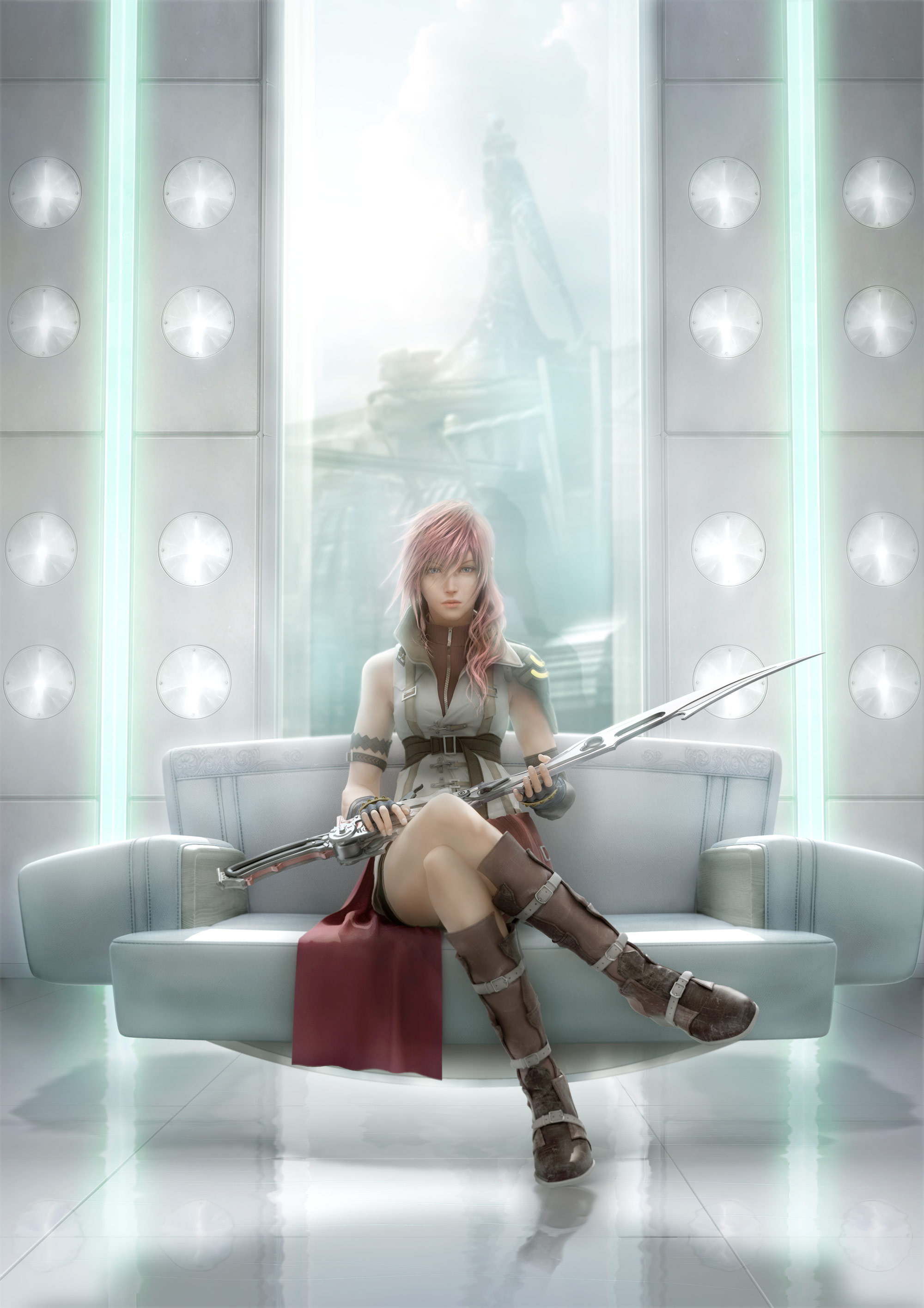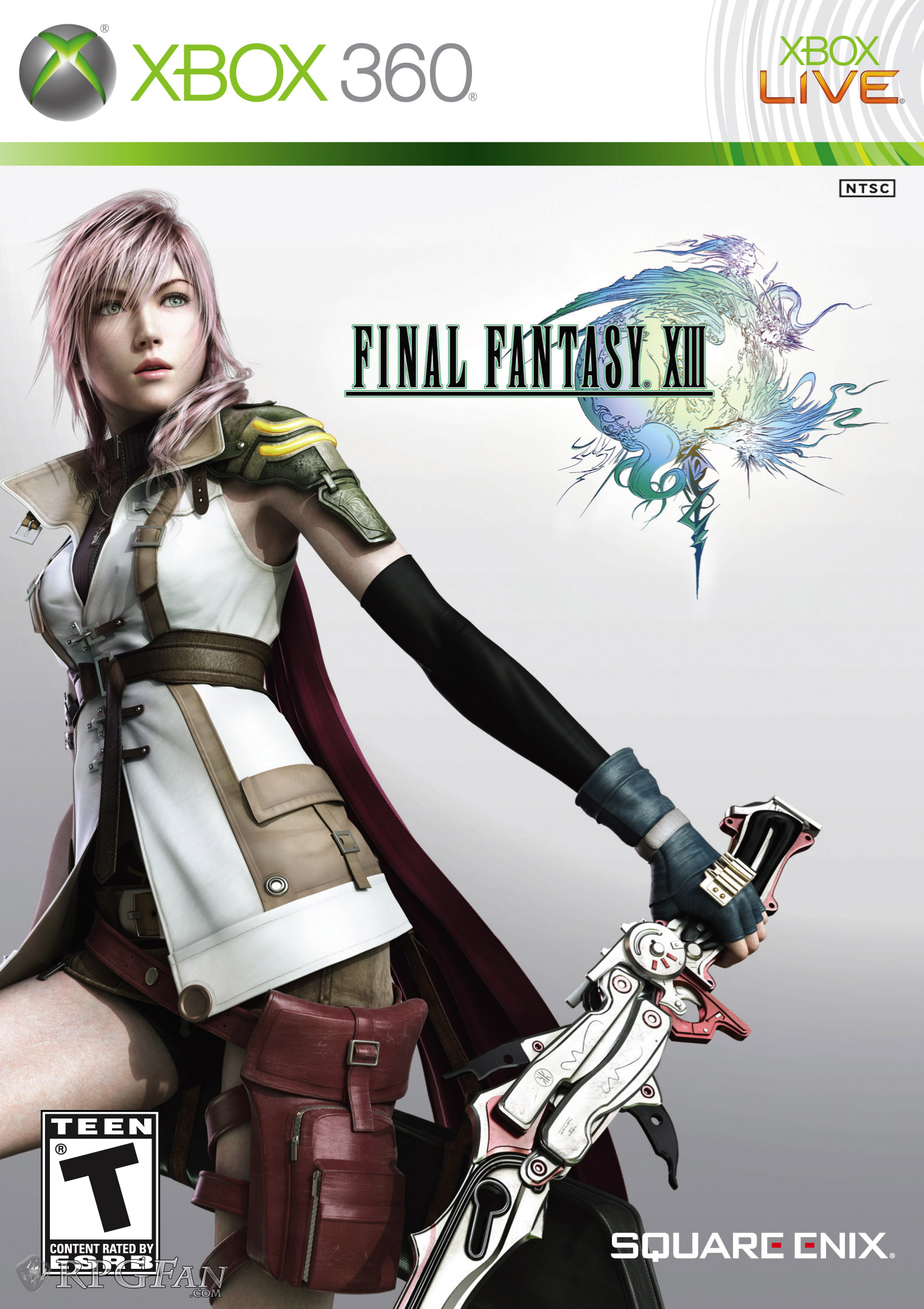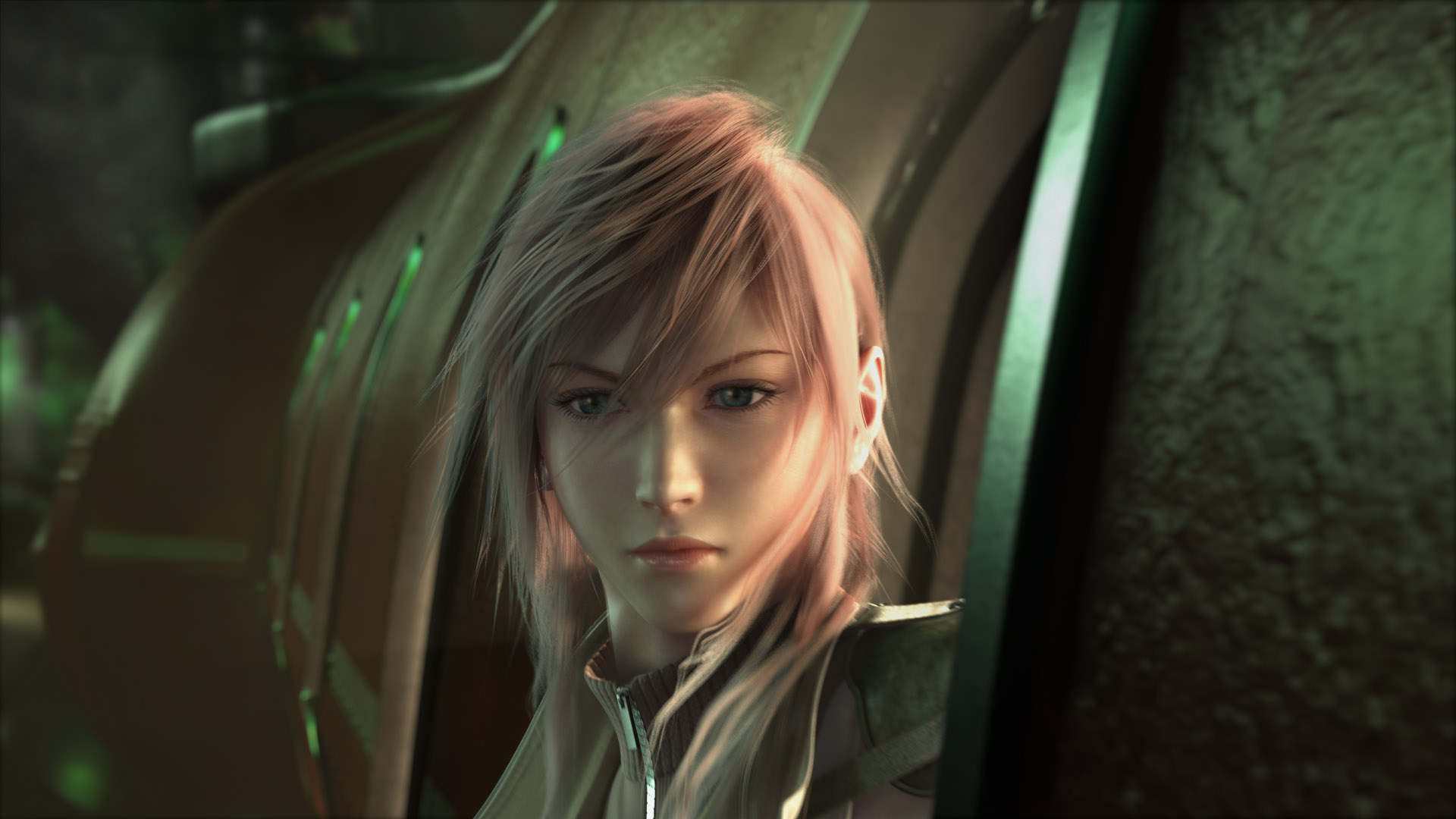Related Articles
Podcasts
| Episode | Date |
| Retro Encounter 450 – Thank You, Good Night, and Good Luck | January 2, 2025 |
| Retro Encounter 429 – Final Fantasy Series Tier List | August 8, 2024 |
| Rhythm Encounter 134 – Masashi Hamauzu Spotlight | May 6, 2024 |
| Retro Encounter 390 – Superior Side Characters | November 2, 2023 |
| Rhythm Encounter 106 – Rhythm de Chocobo | April 3, 2023 |
| Rhythm Encounter 97 – Fast Travel: Songs for your Commute | November 28, 2022 |
| Retro Encounter 343 – Fabula Nova Crystallis | September 15, 2022 |
| Retro Encounter 341 – Final Fantasy XIII Part II | September 3, 2022 |
| Retro Encounter 340 – Final Fantasy XIII Part I | August 25, 2022 |
| Rhythm Encounter 82 – Final Fantasy XIII Trilogy | April 11, 2022 |
| Retro Encounter 112 – Memoria Final Fantasy Part II | December 7, 2017 |
| Rhythm Encounter 45 – Music of the Year 2016: Second Movement | February 27, 2017 |
| Rhythm Encounter 31 – Those Who Fight Further | November 4, 2015 |
Game Reviews
| Review | Author | Platform | Score |
|---|---|---|---|
| Final Fantasy XIII | Jerry Williams | Microsoft Windows | 68 |
| Final Fantasy XIII | James Quentin Clark | Sony PlayStation 3 | 85 |
| Final Fantasy XIII | Kyle E. Miller | Microsoft Xbox 360 | 79 |




